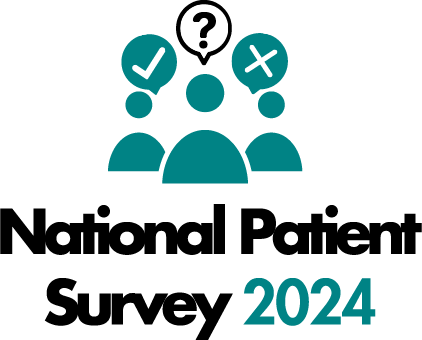 Our National Patient Survey 2024 report is now live. Thank you to all those that shared their experiences. Read our report here.
Our National Patient Survey 2024 report is now live. Thank you to all those that shared their experiences. Read our report here.2018 trends in fertility treatment
We have published our latest annual dataset Fertility Trends: ‘UK statistics for IVF and DI treatment, storage, and donation’.
We have published our latest annual dataset Fertility Trends: ‘UK statistics for IVF and DI treatment, storage, and donation’.
The report analyses data from all fertility treatment across the country in 2018 and shows that IVF birth rates have increased for all patient groups under 43 over time.
In 2018, patients under 35 had a birth rate of 31% per embryo transferred (23% for all patients), compared to only 9% when the HFEA was established in 1991.
Age is still the key factor for a successful IVF outcome, with the improvement in success rates being less pronounced for patients over 40 years old. Higher birth rates in this age group can be seen when donor eggs are used (25% compared to 10% with a patient’s own eggs), yet only 18% of patients over 40 used donor eggs in their treatment in 2018.
The report also showed that more patients are now choosing to freeze, with embryo and egg storage cycles increasing five-fold to just under 9,000 cycles in 2018, compared to only 1,400 in 2013.
Sally Cheshire CBE, our Chair, said:
“While fertility treatment is never a guarantee for a baby, we are pleased to see that birth rates have increased over the years and the average birth rate is now steady at 23%. Whilst this leaves many couples without their longed for family after treatment, these small year-on-year increases are important for the sector to build on.
“Ever more patients are deciding to freeze their eggs and embryos and although still a relatively small part of fertility treatment overall, freezing techniques are now much more common with improved freezing technology and better success rates using frozen embryos.
“I am delighted that we have continued to make progress on reducing the multiple birth rate, making fertility treatment now safer than ever before. We know that multiple births are the biggest single health risk from IVF for mothers and babies and put an additional burden on the NHS. That’s why it is a great achievement that for the first time our 10% multiple birth rate target was achieved across all age groups and nationally only 8% of IVF births resulted in a multiple birth. This shows that there is now a common understanding that implanting more than one embryo does not increase your chances of having a baby.”
To read the full report please visit our publication section
Research and data
Review date: 15 September 2023

